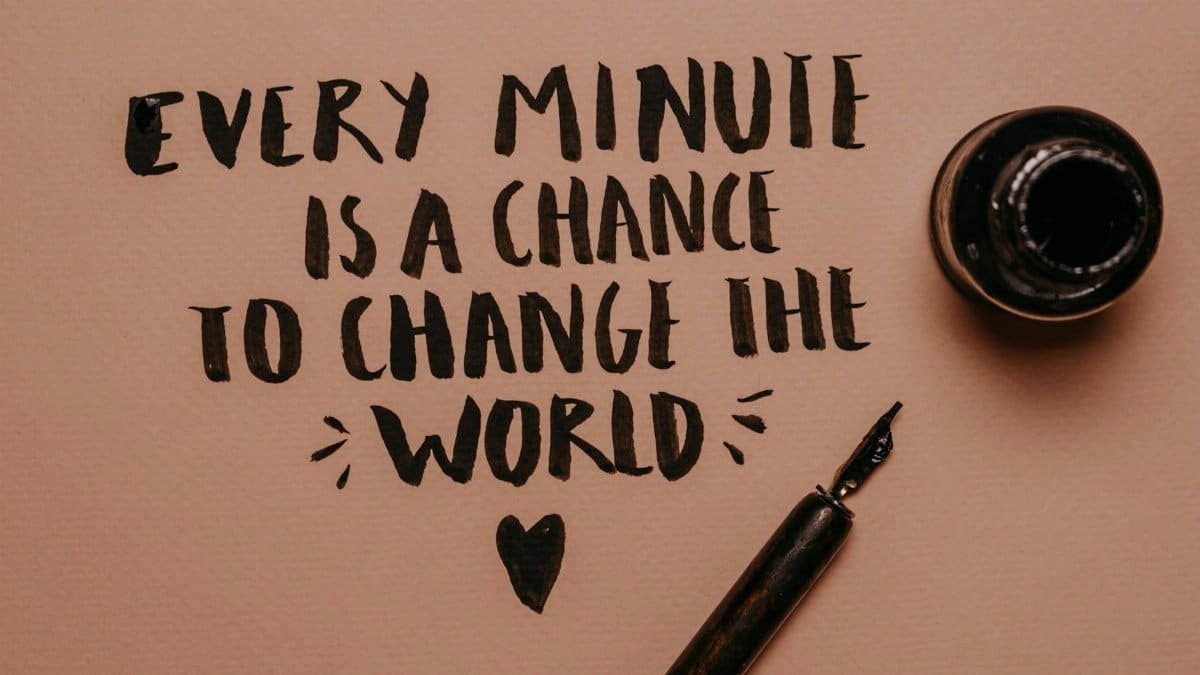In a world where gut feelings guide decisions, what if that inner voice isn’t intuition at all? Is hyper-vigilance masquerading as instinct, leading millions astray? New data shows 40% of Americans report heightened anxiety mistaken for intuitive insights, according to a recent survey by the American Psychological Association. Enter mind-body healing—a practice blending meditation, yoga, and breathwork to distinguish true intuition from fear-based hyper-vigilance. As stress levels soar in 2025, this approach is gaining traction for fostering genuine self-awareness and emotional regulation.
The Roots of Hyper-Vigilance

Hyper-vigilance often stems from past traumas or chronic stress, keeping the nervous system in constant alert mode. Unlike true intuition, which feels calm and insightful, hyper-vigilance triggers fight-or-flight responses that mimic gut instincts. Experts say this confusion arises because both involve bodily sensations, but one is rooted in survival, the other in wisdom. In mind-body healing, techniques like mindfulness help unpack these layers, revealing how unresolved emotions distort perceptions.
How Intuition Really Works

True intuition operates from a place of inner quiet, drawing on subconscious knowledge without the edge of fear. It’s that subtle knowing, not the frantic alarm bells of hyper-vigilance. Research from Harvard Medical School highlights how practices like tai chi enhance intuitive decision-making by calming the mind. By integrating body awareness, individuals learn to trust signals that aren’t clouded by anxiety, paving the way for clearer life choices.
Common Signs of Mistaken Instincts

Spotting the difference isn’t always easy. Hyper-vigilance shows up as racing thoughts, physical tension, or obsessive worst-case scenarios—often mislabeled as “just a hunch.” In contrast, real intuition brings a sense of peace and alignment. A study published in the Journal of Psychosomatic Research found that 65% of participants confused anxiety with intuition, leading to poor decisions. Mind-body healing addresses this by teaching somatic awareness to decode these signals accurately.
The Role of Trauma in the Mix

Trauma survivors are particularly prone to mixing hyper-vigilance with intuition, as the brain wires itself for constant threat detection. This can sabotage relationships and careers, with people avoiding opportunities based on false alarms. Therapists using mind-body approaches, such as somatic experiencing, help rewire these patterns. According to the National Institute of Mental Health, integrating body-focused therapies reduces trauma symptoms by up to 50%, allowing authentic intuition to emerge.
Practical Mind-Body Techniques to Differentiate

Start with simple breathwork: Deep diaphragmatic breathing calms the vagus nerve, shifting from hyper-vigilance to a receptive state. Yoga poses that ground the body, like child’s pose, foster the stillness needed for true intuition. Apps and online programs make these accessible, with users reporting sharper instincts after consistent practice. A report from the National Institutes of Health underscores how such methods improve emotional regulation, backed by clinical trials.
Impact on Daily Decision-Making

When hyper-vigilance poses as intuition, it leads to reactive choices—quitting jobs impulsively or ending relationships prematurely. Mind-body healing flips the script by building self-trust through practices like body scans, which reveal tension as a red flag, not a revelation. In 2025, with workplace stress at record highs, professionals are turning to these tools for balanced judgment, as noted in recent wellness trends.
Expert Insights on Healing Pathways

Dr. Bessel van der Kolk, author of “The Body Keeps the Score,” emphasizes that healing begins with befriending the body, not overriding it. “Hyper-vigilance is the body’s cry for safety, not insight,” he notes. Through mind-body integration, individuals reclaim their narrative, transforming vigilance into vigilant awareness. This perspective is supported by findings from the Centers for Disease Control and Prevention, linking mindfulness to reduced anxiety disorders.
Challenges in Adopting Mind-Body Practices

Not everyone finds it easy to shift gears. Skeptics dismiss mind-body healing as woo-woo, while others struggle with consistency amid busy lives. Yet, starting small—five minutes of meditation daily—yields results. Barriers like accessibility are easing with virtual classes, but cultural stigmas persist. Overcoming these requires patience, as the journey from hyper-vigilance to intuition demands rewiring deeply ingrained habits.
Real-Life Transformations

Take Lisa M., a New York executive who mistook her constant worry for sharp business acumen. After incorporating mind-body healing via guided imagery, she discerned fear from foresight, leading to bolder, successful ventures. Stories like hers are common in support groups, where participants share how distinguishing these states boosted confidence and well-being. Such anecdotes highlight the tangible benefits in everyday resilience.
Looking Ahead: Building Lasting Awareness

As awareness grows, mind-body healing stands to redefine how we navigate uncertainty. In 2025, with mental health initiatives prioritizing holistic approaches, more people will unmask hyper-vigilance, embracing authentic intuition. This shift promises not just personal peace but broader societal benefits, from healthier workplaces to stronger communities. The key? Commit to practices that bridge mind and body for enduring clarity.
